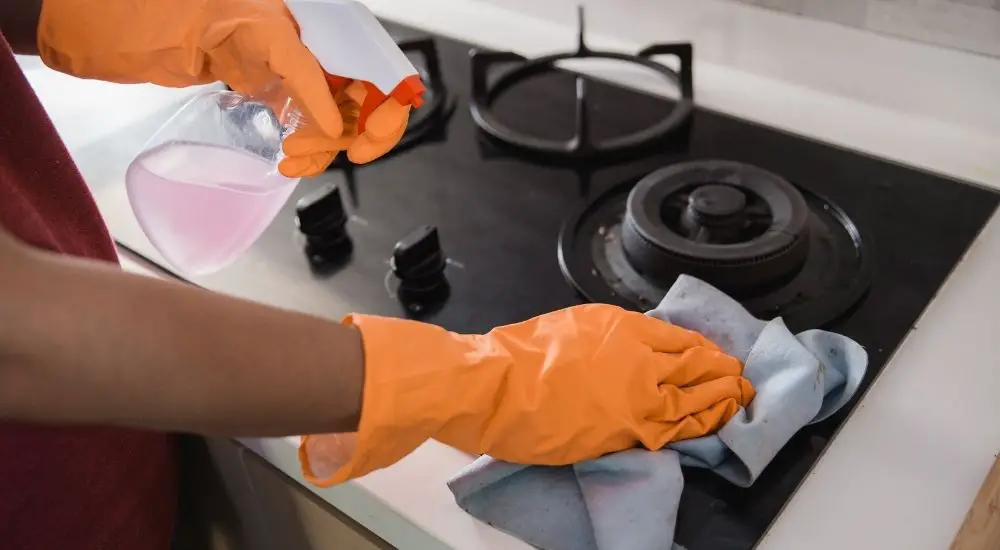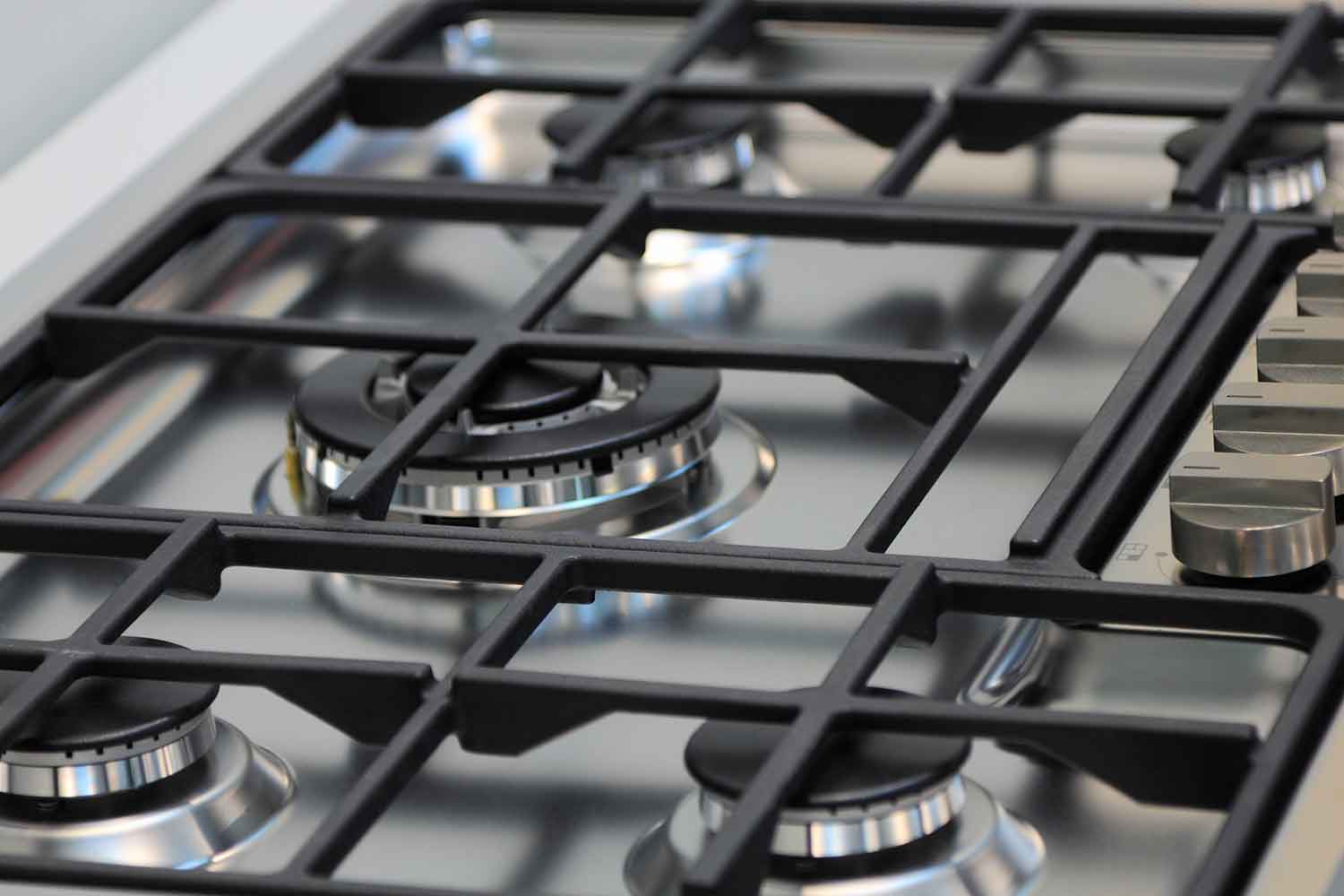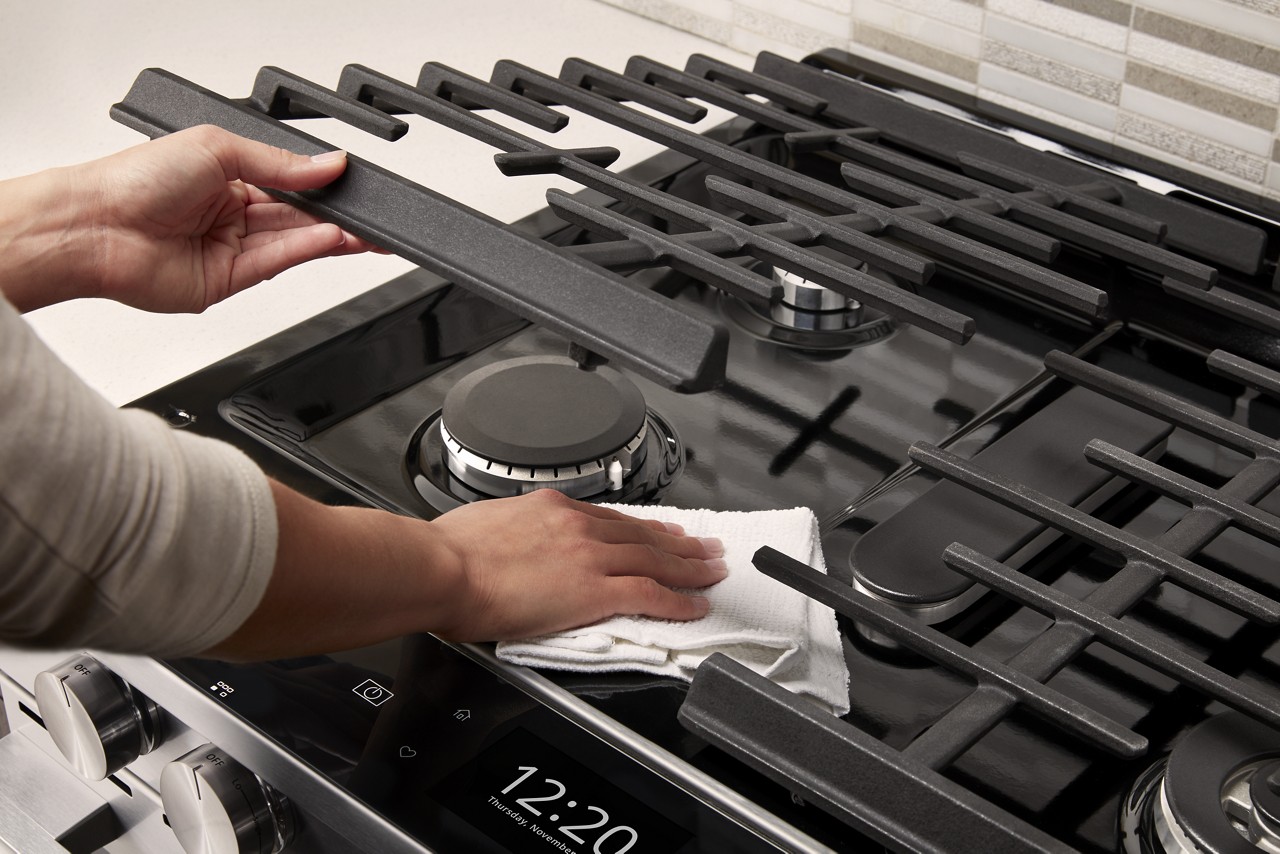Cleaning Stove Grates: A Guide to Sparkling Results
I. Introduction to Cleaning Stove Grates
![How to Clean Stove Grates with Vinegar Mixture![Easiest Ways]](https://www.laurelandwolf.com/wp-content/uploads/2019/02/233894-1600x1030-how-clean-gas-stove-grates-burners-naturally.jpg)
A. Understanding the Importance of Regular Cleaning
Regularly cleaning stove grates is essential for maintaining a clean and functional cooking space. Over time, grates can accumulate grease, food residue, and other debris, which can affect the performance of your stove and create a potentially hazardous environment. Cleaning your stove grates not only improves the appearance of your kitchen but also ensures safe and efficient cooking.
B. Benefits of Maintaining Clean Stove Grates
- Improved Functionality: Clean stove grates allow for better heat distribution and airflow, resulting in more efficient cooking. The removal of grease and debris ensures that your burners can work at their optimal level.
- Prevention of Fire Hazards: Grease and food residue on stove grates can become flammable and pose a fire risk. Regular cleaning reduces the likelihood of grease fires and keeps your kitchen safe.
- Enhanced Food Quality: Dirty grates can transfer unwanted flavors and odors to your food. By keeping them clean, you can ensure that your dishes taste their best and are free from any lingering smells.
C. Exploring the Materials and Tools Needed for Effective Cleaning
To effectively clean your stove grates, you will need the following materials and tools:
- Stiff Brush or Sponge: Use a brush or sponge with stiff bristles to remove loose debris and grime from the grates.
- Soap or Dishwashing Liquid: Choose a mild soap or dishwashing liquid to create a cleaning solution.
- Warm Water: Use warm water to create a cleaning solution and rinse off the grates.
- Baking Soda and Vinegar: These natural cleaning agents can be used to remove stubborn stains and build-up on the grates.
- Protective Gloves: Wear gloves to protect your hands from any chemicals or hot water during the cleaning process.

II. Removing Loose Debris and Food Residue
A. Taking Safety Precautions Before Cleaning
- Ensuring the Stove is Turned Off and Cooled Down: Before cleaning the grates, make sure the stove is turned off and has cooled down completely to avoid any burns or accidents.
- Wearing Protective Gloves for Handling Grates: Wear gloves to protect your hands from any sharp edges or potential chemicals during the cleaning process.
B. Brushing Away Loose Debris with a Stiff Brush
- Removing Larger Food Particles and Build-Up: Use a stiff brush to remove any larger food particles or build-up on the grates. Gently scrub the surface to dislodge debris.
- Clearing Debris from Hard-to-Reach Areas: Pay special attention to hard-to-reach areas like corners or crevices. Use the brush to reach and remove any trapped debris.
III. Soaking the Stove Grates
:max_bytes(150000):strip_icc()/how-to-clean-stove-grates-5217124-08-382d05cf230d4298b402ea9fbfb167df.jpg)
A. Preparing a Soaking Solution
- Choosing an Appropriate Cleaning Solution for Your Grates: Depending on the level of grime and stains, choose a suitable cleaning solution. Mild dish soap or a specialized stove grate cleaner can work well.
- Creating a Mixture of Soap and Warm Water: In a sink or tub, mix warm water with a small amount of soap or cleaning solution to create a soaking solution.
B. Submerging the Grates in the Soaking Solution
- Placing the Grates in a Sink or Tub: Submerge the stove grates in the prepared soaking solution. Ensure that they are completely covered by the solution.
- Allowing the Grates to Soak for an Adequate Amount of Time: Let the grates soak for at least 30 minutes or longer if they are heavily soiled. This allows the cleaning solution to loosen any stubborn stains and build-up.
IV. Scrubbing and Removing Stubborn Stains

A. Using a Scrub Brush or Sponge
- Selecting a Non-Abrasive Brush or Sponge: Choose a non-abrasive brush or sponge to prevent scratching the surface of the grates. Avoid using steel wool or abrasive cleaners, as they can cause damage.
- Applying Gentle Pressure to Scrub Away Stains: Dip the brush or sponge into the soaking solution and gently scrub away any remaining stains or residue on the grates. Apply gentle pressure and use circular motions for effective cleaning.
B. Applying a Paste of Baking Soda and Vinegar
- Creating a Paste with Equal Parts Baking Soda and Vinegar: For stubborn stains, create a paste by mixing equal parts baking soda and vinegar. The paste should have a consistency similar to toothpaste.
- Scrubbing the Grates with the Paste to Remove Stubborn Stains: Apply the paste directly to the stubborn stains on the grates. Use the brush or sponge to scrub the paste into the stains, focusing on the areas that require extra attention. Let the paste sit for a few minutes before scrubbing again.
V. Rinsing and Drying the Stove Grates
A. Rinsing the Grates Thoroughly
- Using Warm Water to Rinse Off Soap and Cleaning Solution: Rinse the grates under warm running water to remove any soap or cleaning solution. Ensure that all residue is washed away.
- Ensuring All Residue is Removed from the Grates: Check the grates carefully to ensure that no soap or cleaning solution residue remains. Any leftover residue can affect the taste of your food during cooking.
B. Drying the Grates Completely
- Patting the Grates with a Dry Cloth or Towel: Use a dry cloth or towel to pat the grates dry. Make sure to remove excess moisture to prevent any rusting or water spots.
- Allowing the Grates to Air Dry or Using a Fan for Faster Drying: To ensure complete drying, you can either allow the grates to air dry or use a fan to speed up the process. Proper drying helps prevent any potential moisture-related issues.
VI. Routine Maintenance and Prevention Tips
A. Regularly Wiping Down the Stove Grates
- Adopting Daily or Weekly Cleaning Habits to Maintain Cleanliness: Incorporate a regular cleaning routine for your stove grates to prevent excessive build-up. Wipe them down daily or weekly, depending on usage, to remove any surface debris or spills.
- Preventing Build-Up and Making Future Cleaning Easier: By cleaning your grates regularly, you can prevent food residue from hardening and becoming stubborn stains. This makes future cleaning sessions quicker and easier.
B. Taking Precautions to Avoid Stains and Build-Up
- Using Stove Burner Liners or Mats for Extra Protection: Consider using stove burner liners or mats to provide an additional barrier between your grates and food. These can catch spills and prevent them from directly contacting the grates.
-
Wiping Up Spills and Splatters Immediately: Accidents happen, but it is important to wipe up any spills or splatters on the grates as soon as possible. Prompt cleaning helps prevent stains and build-up from forming.
Conclusion:
Cleaning stove grates is essential for maintaining a clean and hygienic cooking environment. By following a step-by-step guide and using the right cleaning supplies, you can achieve sparkling results. Regular maintenance and prevention strategies will help keep your stove grates clean and in excellent condition. Enjoy cooking in a clean and well-maintained stove with freshly cleaned grates.
